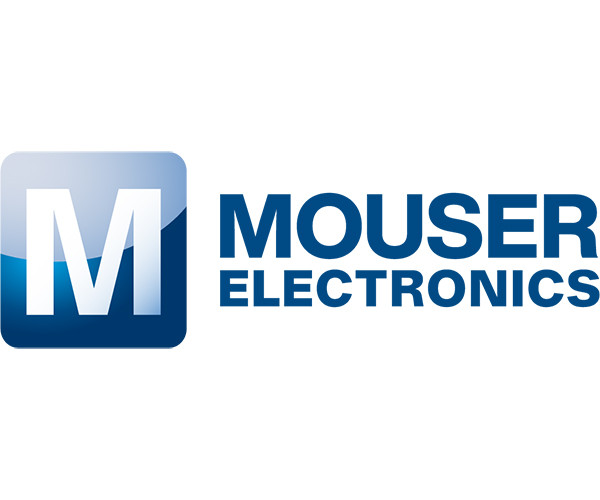08-08-2019 | Mouser Electronics | Test & Measurement
Mouser has announced a global distribution agreement with Superior Sensor Technology. Through the agreement, the company will add Superior Sensor Technology’s differential low-pressure sensors to its sensor line card.
The product line comprises the HV Series family of application-specific, high-performing, low-pressure sensors and corresponding evaluation kits. Created for industrial HVAC applications, the HV Series is offered in three pin-compatible modules: HV110, HV120, and HV210.
The sensors use proprietary Multi-Range technology to deliver what is claimed to be the industry’s most expansive dynamic range while managing up to 10 times’ performance improvement over other solutions. The pressure sensors are based on the company’s NimbleSense architecture, an integrated platform consolidating advanced piezoresistive sensing elements, analog signal path, processing intelligence and proprietary integration techniques. The series’ piezoresistive MEMS technology allows higher performance, competing effectively against mass flow and capacitive technologies for applications that need zero stability and low-drift performance.
The sensors can be calibrated and performance optimised from a 25Pa-5000Pa pressure range while sustaining 0.1% accuracy at every selected range, allowing HVAC manufacturers to substitute up to seven sensors with a single HV Series sensor. The HV120, HV110, and HV210 sensors provide four, five, and seven FS pressure ranges, respectively.
Standard features of the series incorporate 16-bit output resolution for each selected range, 50/60Hz notch filter, programmable bandwidth filters from 0.1 to 10Hz, compensated temperature range of 0C to 50C, and standard I2C and SPI digital interface support. The three sensors support varying HVAC pressure demands for differential pressure transmitters, variable airflow valves, positive pressure modules, and airflow monitor systems.

Superior Sensor HV210-SM02-R
